Say “yes” to Philadelphia poet LindoYes and his new spoken prose-video, Flowers.
In the cultural theology of post-Biden-inaugural bliss, and all that Amanda Gorman brought with it, poetry is the thing this year. As with Kerouac’s Beat Generation where being hip meant having a poet or a spoken word artist on board, all events and occasions will require its own poet laureate to officiate. Even the Super Bowl has a poet, Gorman, in fact, to kick it off. West Philly’s LindoYes has been at the spoken word arts game for a minute.
Making appearances on Def Poetry Jam, hitting up local campus hot spots from Haverford College to the University of Pennsylvania to Drexel University, to running down the open mics of this city and beyond, LindoYes has got it made with what he calls his, ”unapologetically Black fusion of theatrical poetics and visual art. Addressing the constructs of love, masculinity, and social injustice.” And he has his own LindoYes! clothing line.
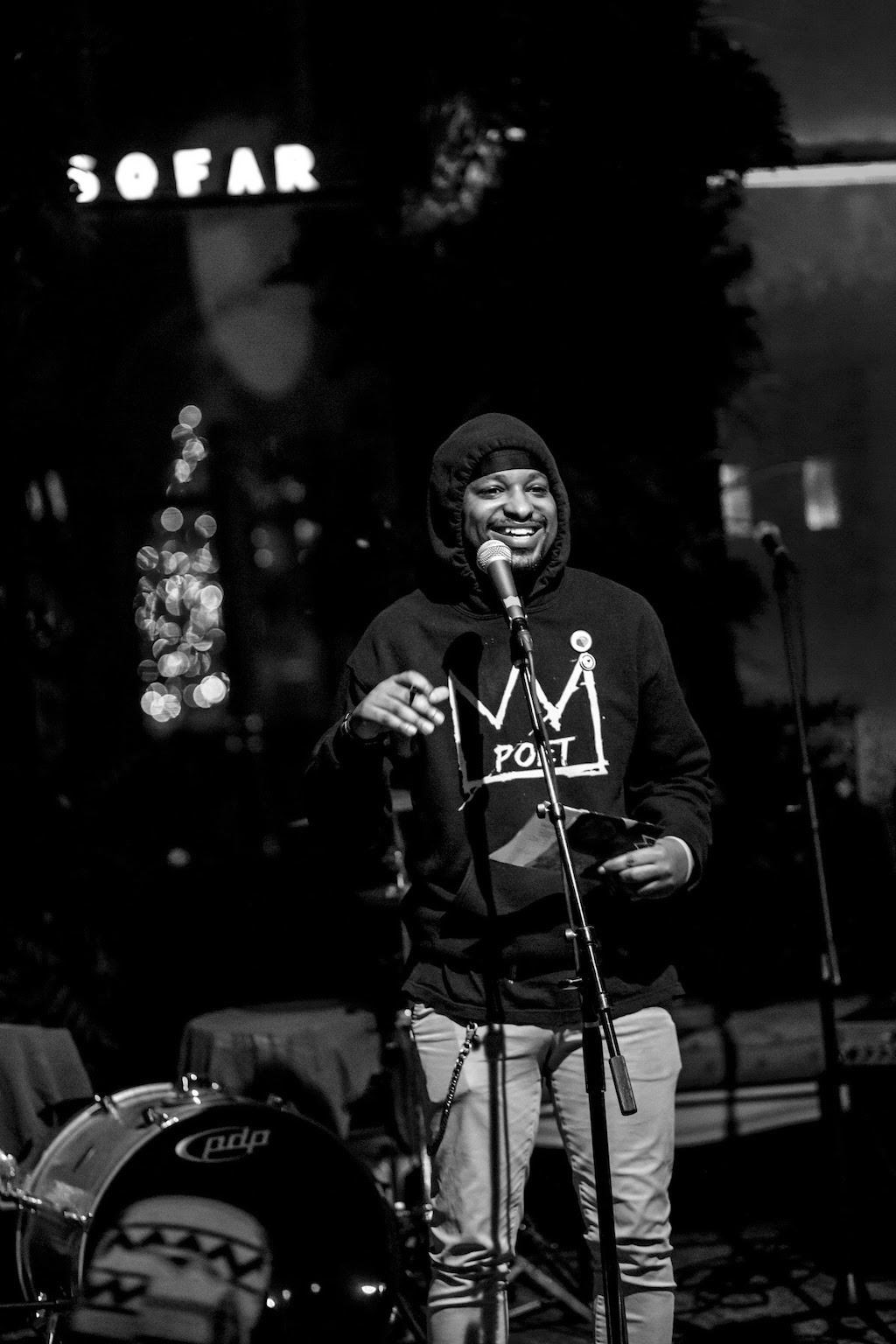
LindoYes just dropped a new poem, “Flowers” in a video animated by Chanchal Gupta, as a digital track across all platforms: Spotify, Soundcloud, Apple Music, Tidal, etc. “A poem that explores the resilience of Black people using the metaphor of a flower, with a video serving as a visual representation of the self-preservation and beautiful potential present in Black people and our experiences.”
dosage MAGAZINE, I and LindoYes caught up with each other during the first snowstorm of 2021.
A.D. Amorosi: What do you want people to know about where you live in Philly? Hang and rhyme?
LindoYes: I wanna let people know that the city of Philadelphia has my whole heart. And it has wholeheartedly put me together. It is full of people that will be as honest to you as possible. Even though they may not say hi and goodbye and all that, they will tell you what you are to your face. They will tell you if you’re a dickhead or if you’re alright. And that’s the most true expression of Philadelphia.
A.D. Amorosi: Why poetry? Why do poetry?
LindoYes: Poetry is my only way of seeing myself having a superpower like the cartoons, animation and comic books I was reading and it has really helped me feel empowered.
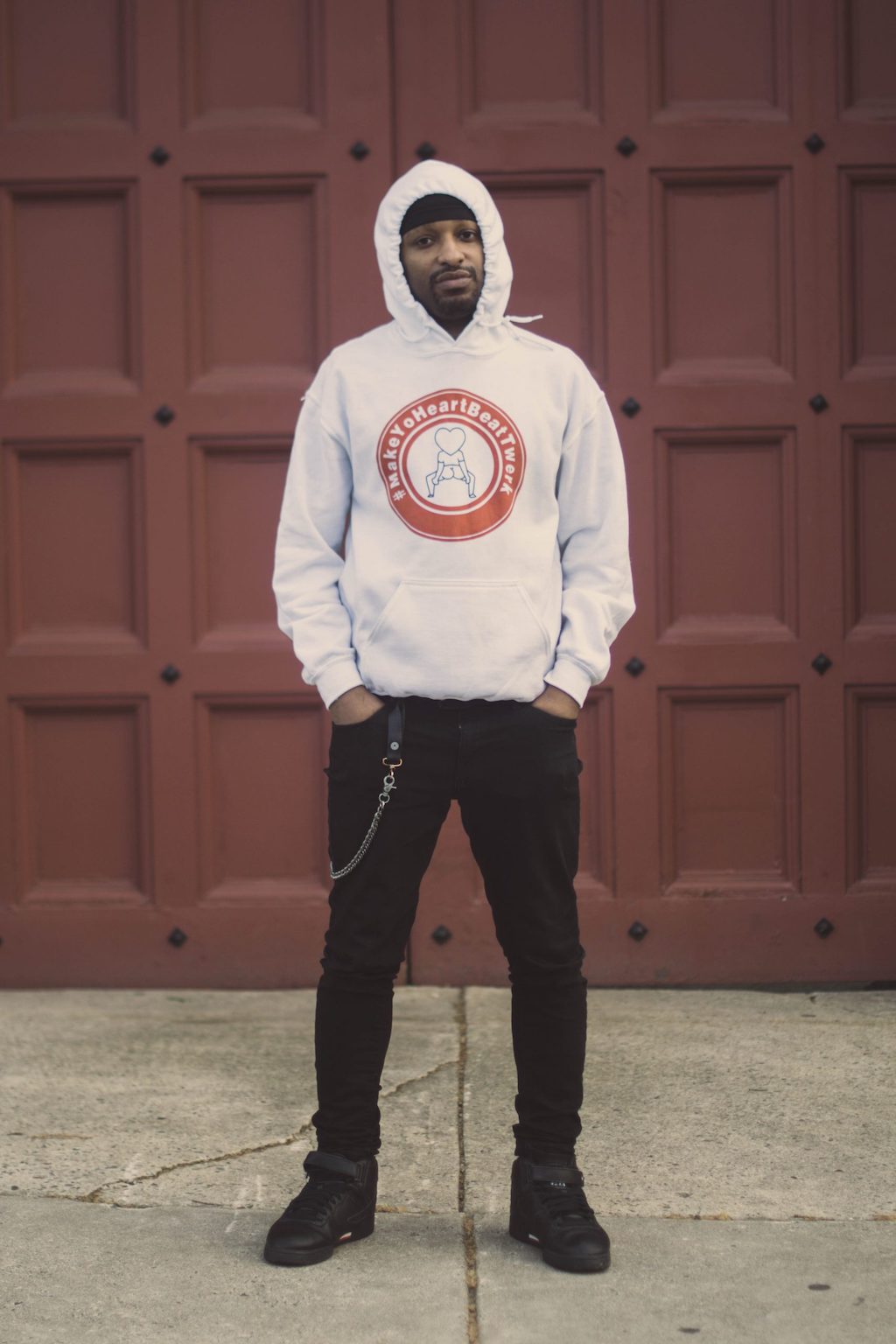
A.D. Amorosi: Do you write it all down or is everything you do improvisational?
LindoYes: I wouldn’t call my writing improvisational. Even though it may seem that way to someone looking from the outside in. I don’t write down my stuff. But I do memorize. I’ll remember the line and keep building on that line and then I might go back to the line later after pacing around a bit. So, it’s creating and memorizing and then it’s the experience of being on stage to try it out and see how people interact with it.
A.D. Amorosi: Without over-explaining, unless you want, how would you brand or define your poetry or rhyme schemes?
LindoYes: I often like to think of my poetry as using the world as a canvas and painting images with words but realizing the person that is holding the paintbrush is a hoodlum.
A.D. Amorosi: I get why a poetic discussion of social injustice is necessary but, how and why do you get around to discussing the norms and mores of masculinity?
LindoYes: This is a question that is tough for me. Cause I’m still discovering for myself as I sit down with my therapist, as I meet with others who are understanding the practice of soft masculinity. Expressing the ideas that would be taboo under the proper norms of what masculinity is. Being able to express how we’re actually feeling and being able to realize, “these are my feelings and I’m going to express them how I feel” versus being perceived as emotionally apathetic or unavailable. I think the more I do my poetry that is something that is just organically coming out of me as I explore my emotions. As a poet it’s necessary to do the work on myself before I’m able to do the work on the poem. I have to look within and realize “what are my feelings about this” and then “how can I showcase these feelings the best way possible so people can connect to that same feeling I have inside. Doing so is a talk of masculinity and why is it that we have these norms and challenging them.
A.D. Amorosi: What is up with your work blossoming into teaching and consulting gigs? How and where are you advising budding fellow poets?
LindoYes: Teaching is something that went hand in hand for me. I was presented the opportunity to work with this nonprofit. At first, I was hesitant to take the offer cause you run into the issue that you’re able to do but you’re not necessarily able to teach. I figured I would take the opportunity and see what happens. As I was doing that, what I discovered was as much as I come into these spaces wanting to teach, I was actually learning more cause of the repetition of talking about poetic devices and these topics within poems. This all sparked these conversations of how art is activism. How art is so needed for any radical change to happen that provides stability and upward mobility. The more and more I got into those conversations the more I was able to help people look into their art and see how they can engage with audiences. There are also so many situations where you don’t think about poetry being present like the same way you’d think about teaching at daycare or professor level or trades. It’s the same way poetry is. Some of the best poets are writing jingles for companies or taglines or slogans for things and some are teaching the art form. Once I started seeing my art like that my world expanded a bit.
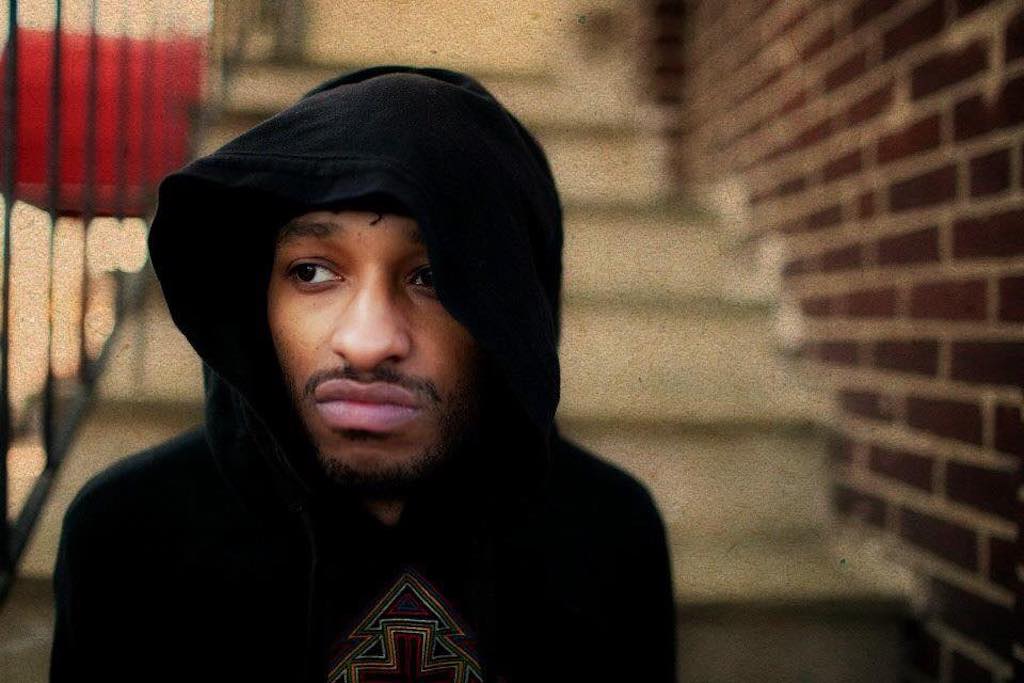
A.D. Amorosi: Please talk about the whys, hows and when, the circumstances of penning “Flowers”?
LindoYes: Penning “flowers” was a lot of me observing Black folks that were engaging in garden work or admirers of plants. The more I saw this the more I recognized the resilience of flowers and how the resilience of Black folks have so much in common. The more I saw so many comparisons like Black folks are just like flowers.
A.D. Amorosi: Poetry and the spoken word arts had gone underground for a minute until President Biden hosted Amanda Gorman at his inauguration. How do you think that changed the game/uplifted the platform?
LindoYes: I feel like poetry has always held a space within hip-hop culture, Black culture and all music. Some of the best poets are just writing things for other people. Sometimes when you look at the lyrics of a song, you’ll see all the literary devices that are necessary for a poem. Therefore, I think it’s never left. I think with the inauguration it has helped make people more aware of it, but I think it hasn’t ever left. It’s just a cycle of re-introductions.
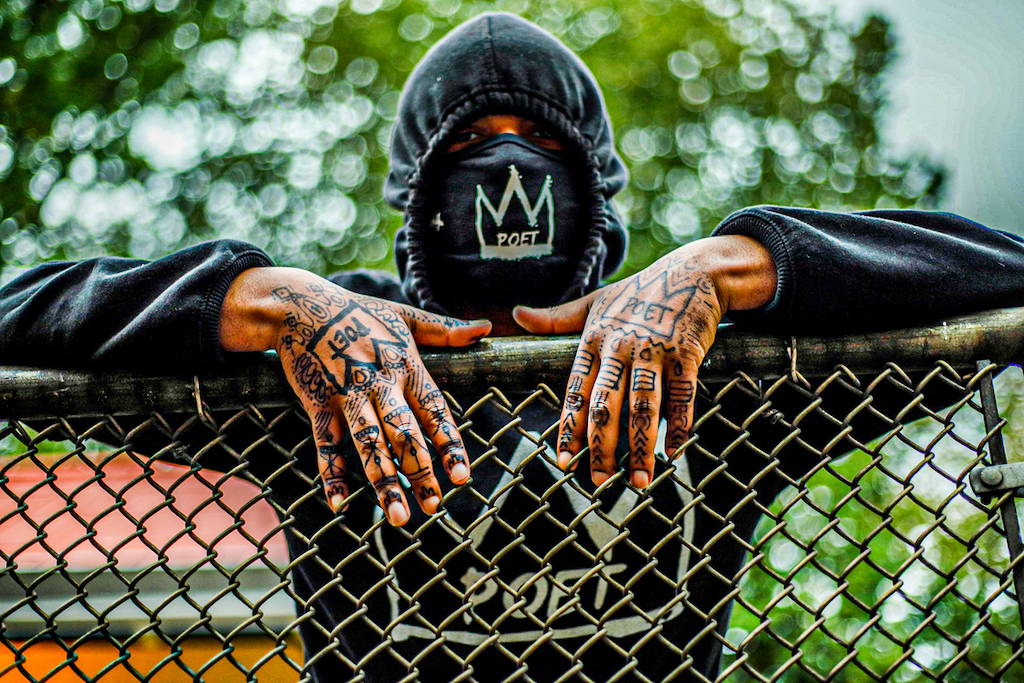
A.D. Amorosi: What’s next for you?
LindoYes: What’s next for me is continuing to expand my poetry with animations for folks to engage with, in a virtual setting. That is making things that can be something that they can take with them so they’ll be able to have it whenever they want as opposed to just being on stage in the moment or being on a livestream.
Images: Courtesy of Lindotes
About Post Author
Discover more from dosage MAGAZINE
Subscribe to get the latest posts sent to your email.
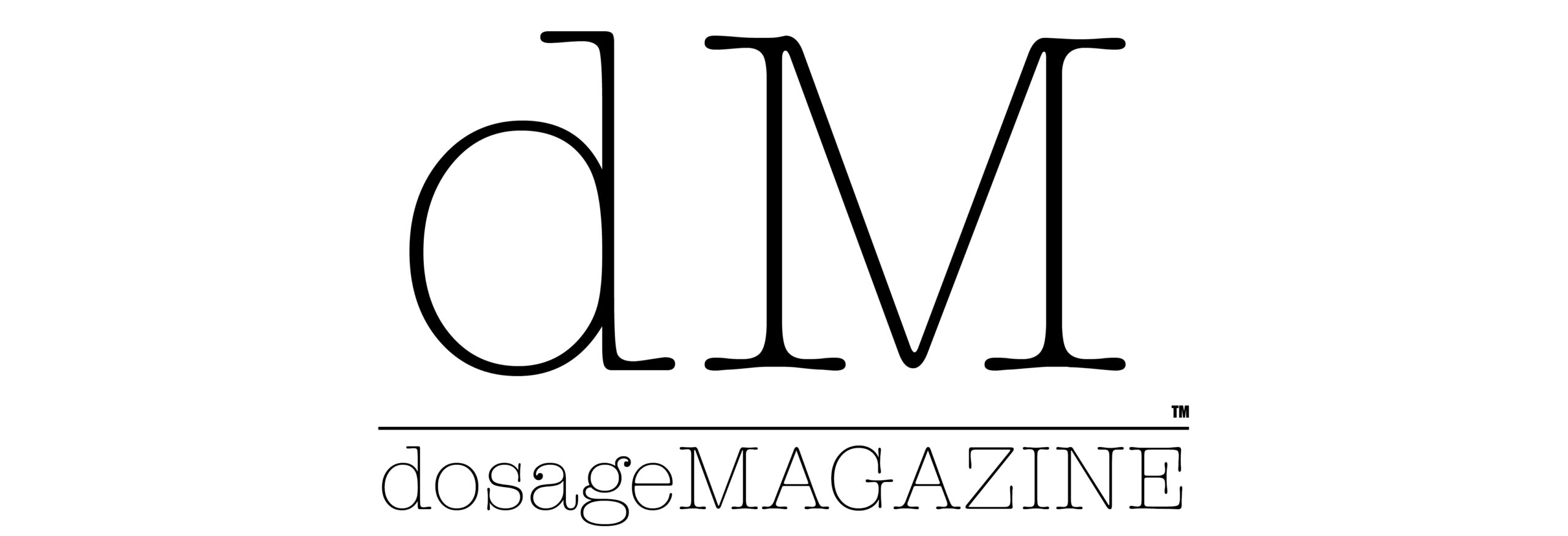
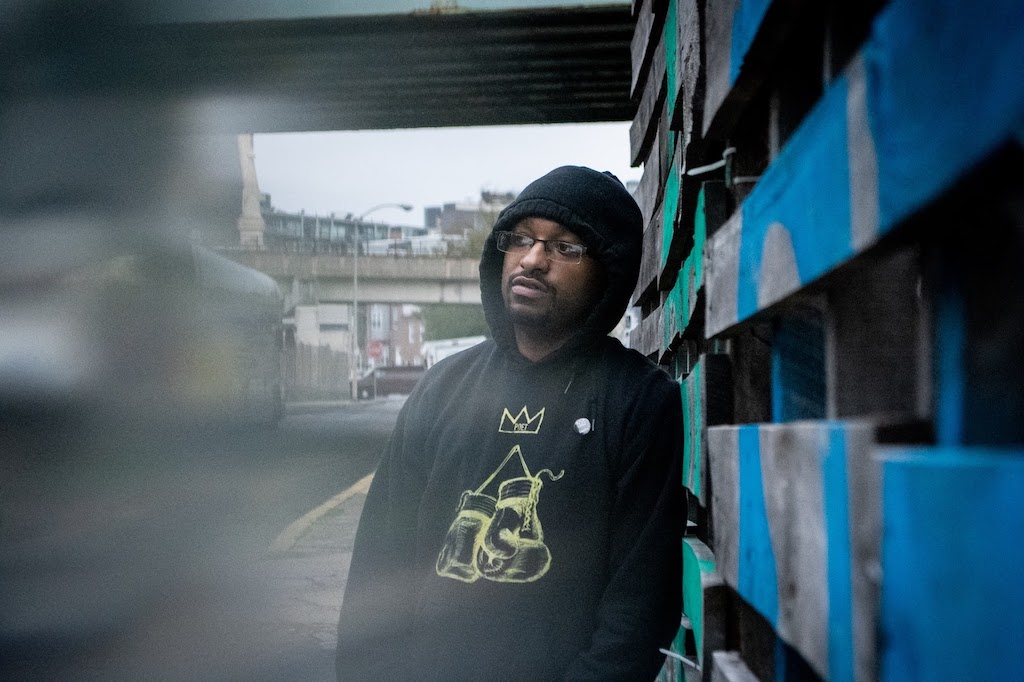

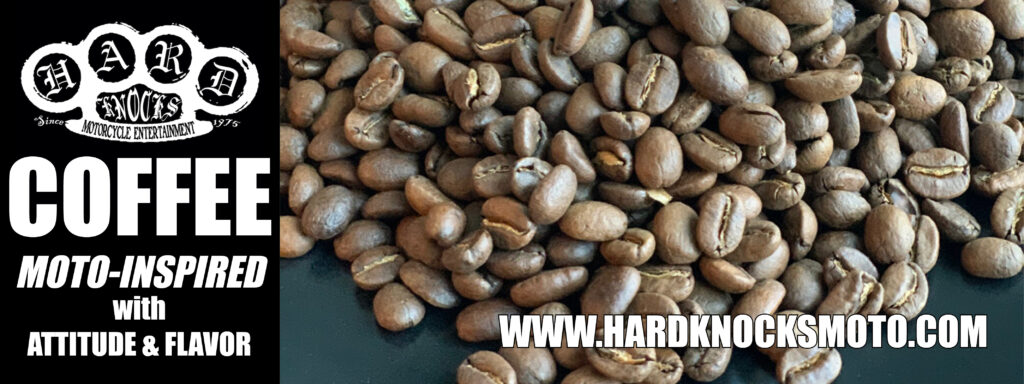
Lindo Yes is uncontested in his nomination as the poet Laureate of Refuse Fascism Philly, and we hope to see him continue his awesome work all over the world.